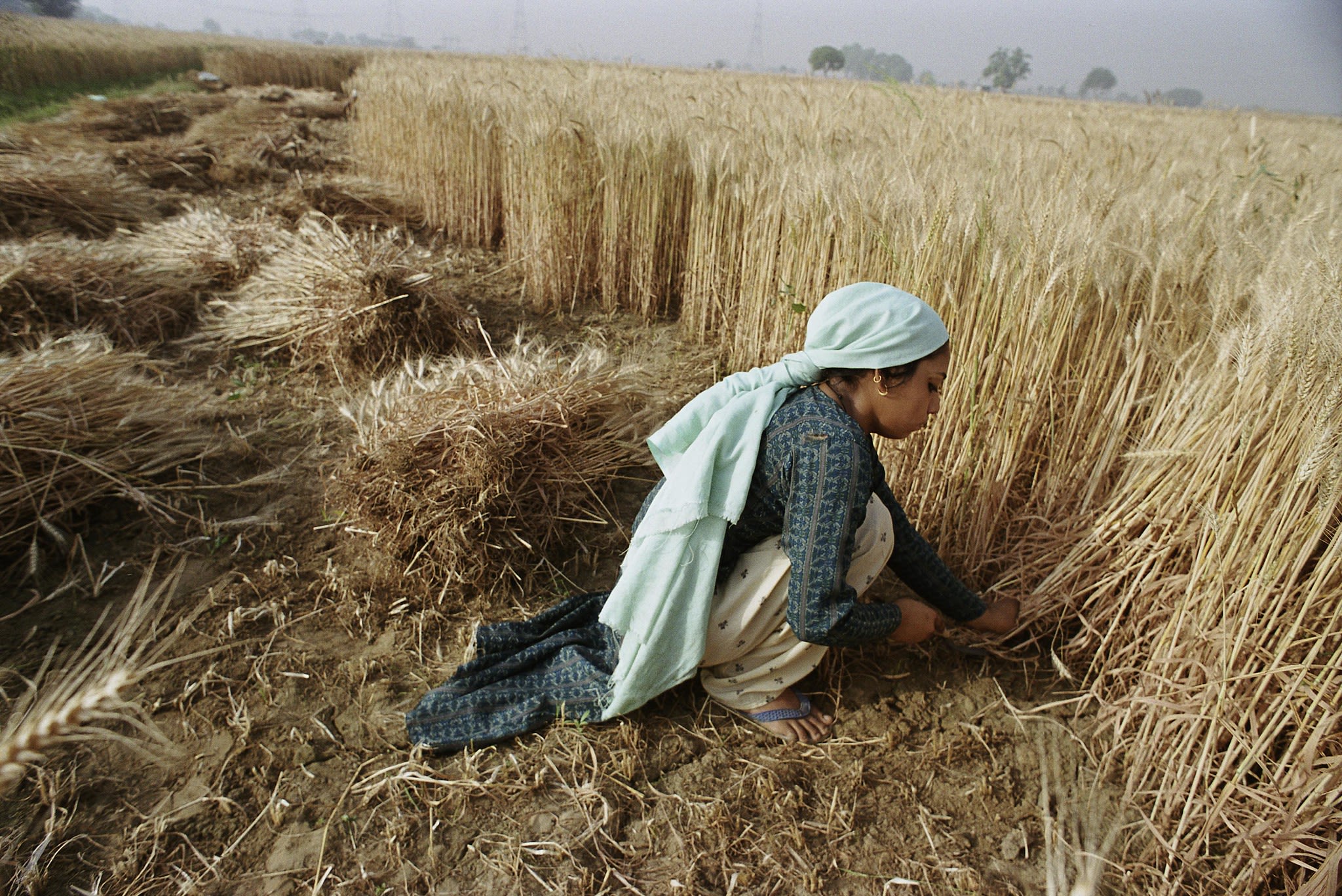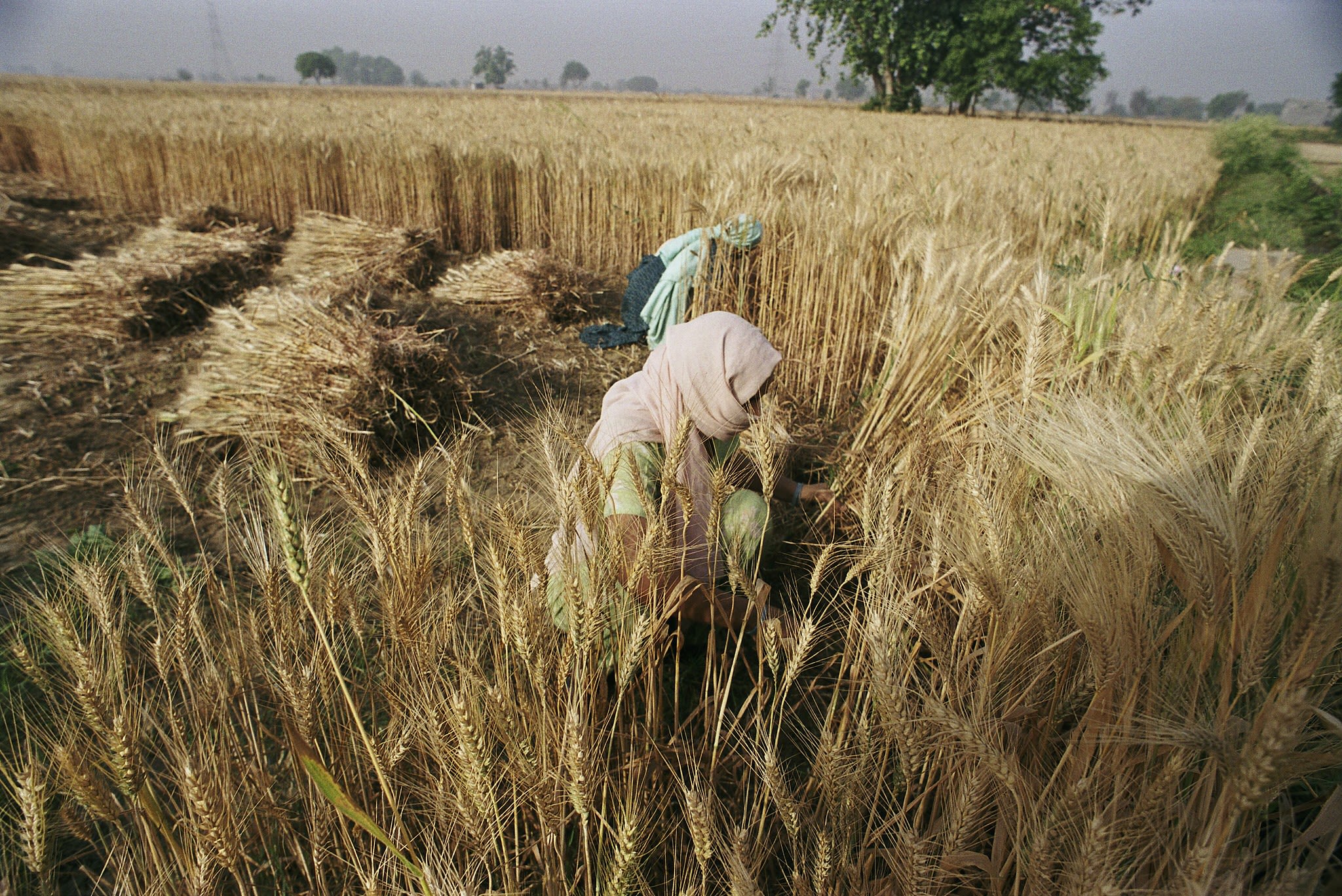Food Security in Bangladesh Means Delivering on Rice
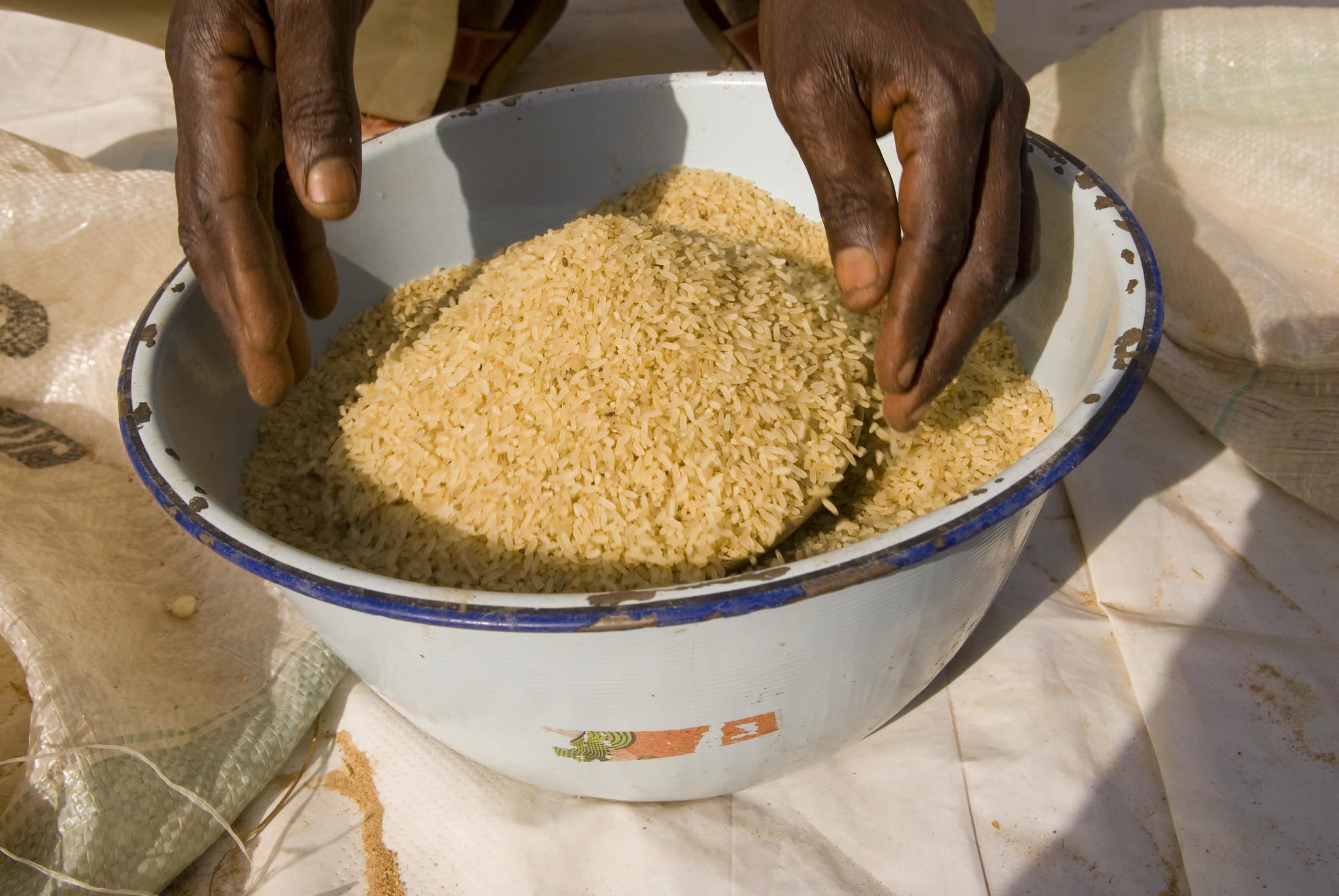
As Salma Akhtar reaches for the item that all Bangladeshis seek for while shopping for groceries – a bag of rice – she notices, yet again, that buying food has become an increasingly costly exercise. It means she has to think very carefully about what she can buy to feed her family, a trade off on quality, quantity or both.
“We eat rice three times a day. Food prices in the market have gone up so much that we are barely able to think of buying anything beyond what we need for survival,” says Akhtar, a mother of two children who now finds her food spend is being squeezed.
Russia's invasion of Ukraine has led to a surge in energy prices, resulting in a hike in commodity prices and with higher energy costs leading to higher production costs, the price of food staples like rice in Bangladesh has gone up, with inflation above recent historical levels.
In Bangladesh, a country of nearly 170 million people, food security equates to rice security. The country is the third largest rice producer in the world and it is a key staple for its population – providing people with about 67 percent of total calories.
But that has been increasingly under threat.
It’s not just the cost of energy causing issues. So too is the price of fertilizers amid reports farmers are now struggling to produce enough food grain in a cost-efficient manner. The US Department of Agriculture reported that Bangladesh harvested 35.65 million tons of rice this year, a little short of its original projection.
These are statistics that matter. The agriculture sector contributes about 12 percent of Bangladesh’s GDP. About 63 percent of the population live in rural areas and are mainly smallholder farmers dependent on agriculture as a source of livelihood and farming on less than two hectares. Rice is the most produced crop in the country and an essential source of livelihood.
Farming continues to grow due to increased demand as the population increases rapidly. But the high demand for food has put pressure on farmers to increase production. However, this is constrained by limited access to agricultural inputs and low adoption of climate-smart agricultural practices.
This reality means Bangladesh has a huge scope for improving agricultural value chains, which currently limit the ability of smallholder farmers to take part in markets given high transaction costs and inadequate rural storage – with too many relying on old sheds. Poor storage of rice by smallholder farmers leads to high moisture content, increasing the risk of quality deterioration, which then denies farmers the opportunity to get higher prices. So post-harvest losses can be high. The FAO estimates that 13.6 percent of food in South Asia is lost from production up to (and not including) the retail level due to inadequate storage by farmers, along with losses during primary processing.
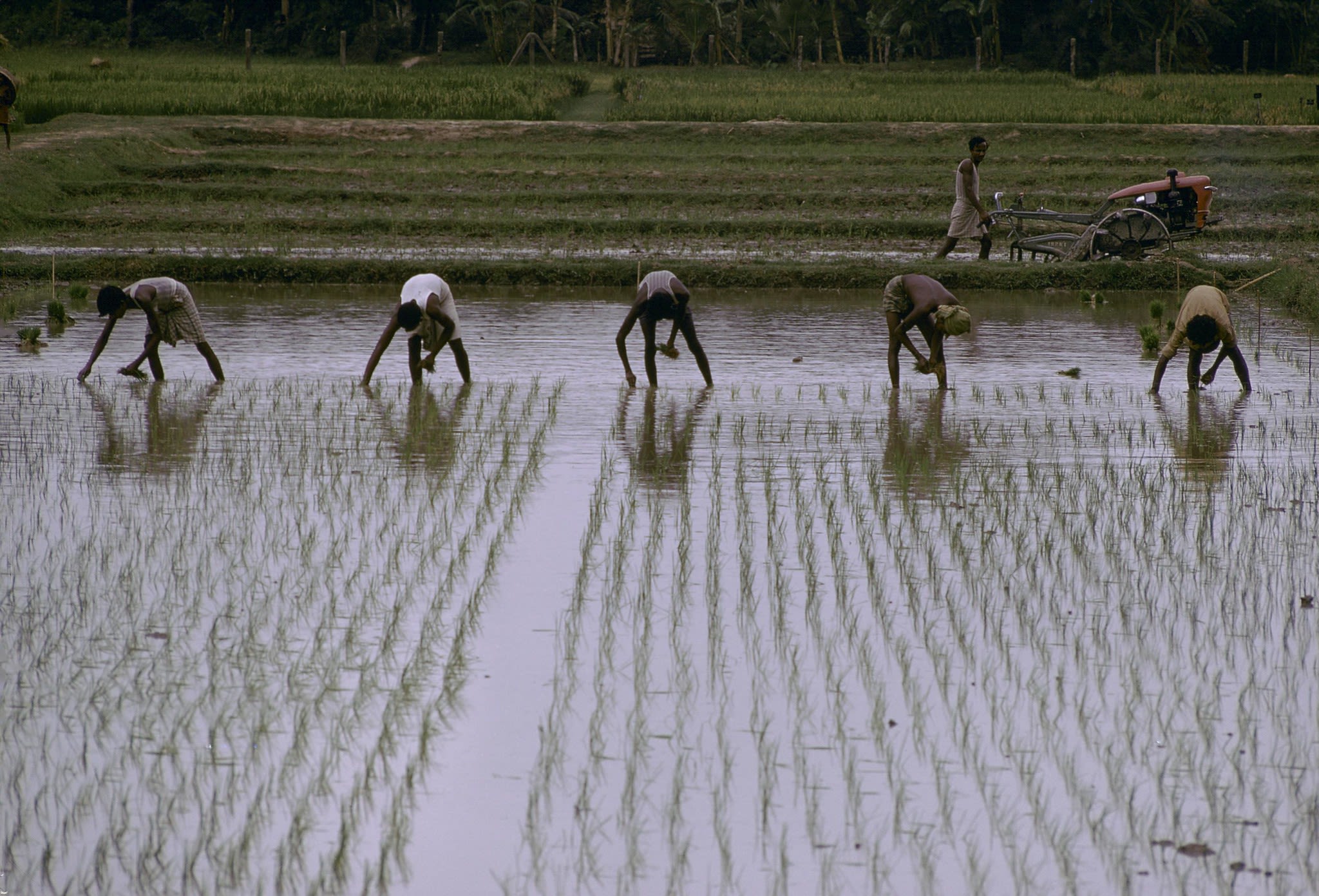
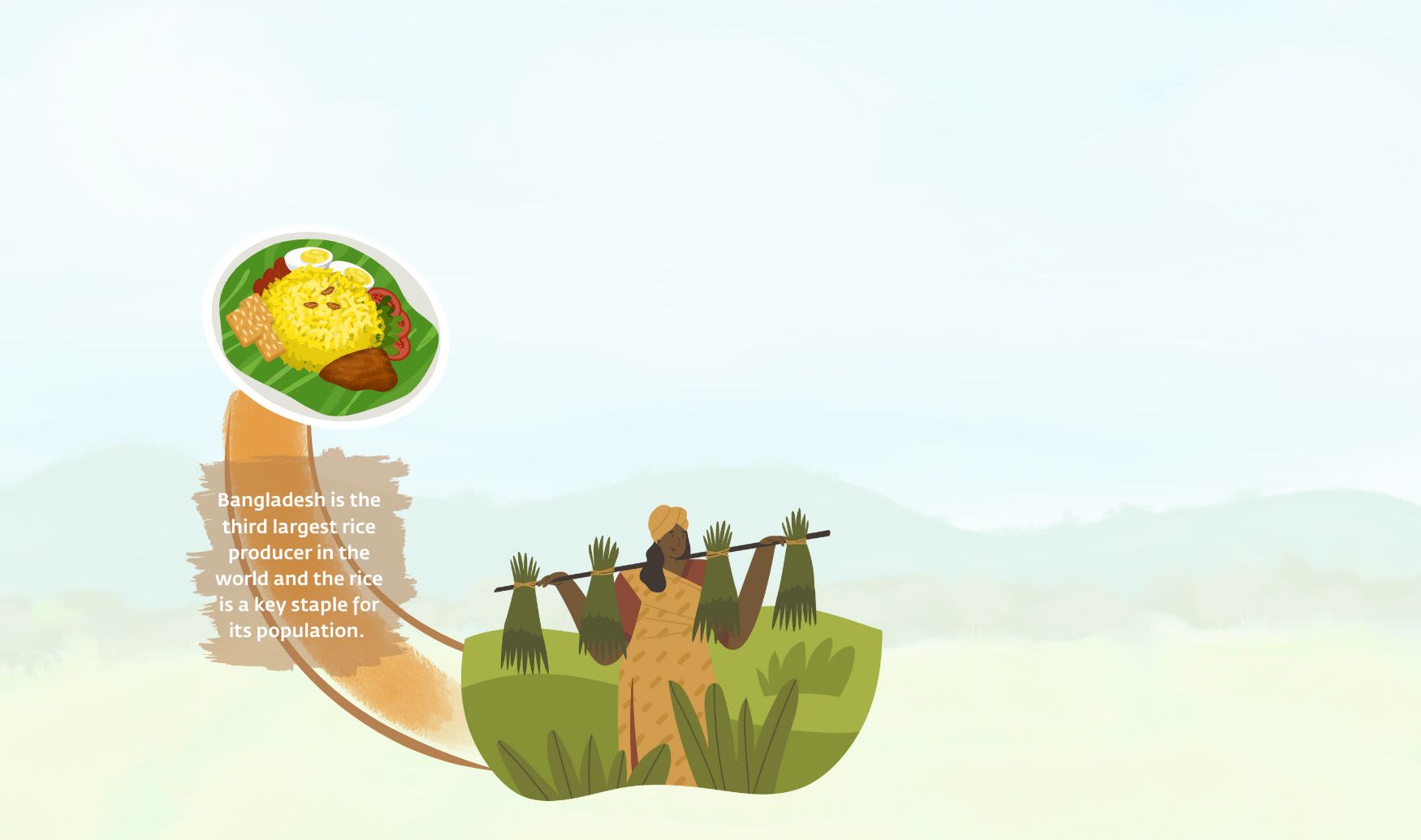
To help turn that around, IFC has now structured an investment – the first under its new $6 billion Global Food Security Platform (GFSP) – which aims to respond to the global food crisis by mobilizing private investment to address the deterioration in food security, particularly in the world's most vulnerable countries.
The transaction, worth $35 million, is with the Meghna Group of Industries (MGI), a leading conglomerate in Bangladesh and a key player in the country’s food supply chain – and involved $21 million from IFC as well as a subordinated loan of up to $14 million from the Private Sector Window of the Global Agriculture and Food Security Program (GAFSP) – a blended finance arrangement that allows for long term funding not currently available in the market.
“This is a project designed to lay the groundwork for a more resilient global food system in the future,” says Ananthan Nallappa, IFC’s Team Leader on the project.
Key elements of the financing support involve the construction by Tanveer Food Limited, a subsidiary of Meghna Group, of a greenfield automated rice mill in the northern part of Bangladesh, with a processing capacity of 1,000 metric tonnes per day (MTPD), along with an 80 MTPD rice bran oil plant and a captive husk-based cogeneration plant – for heating and electricity – contributing to climate mitigation.
“At its heart, the project will expand local rice processing capacity and jobs in Bogura, an underserved region of Bangladesh, improve supply chain efficiencies and reduce food losses, which will all contribute to strengthening the country’s resilience to external price shocks,” says Rowshan Tamanna, IFC’s Senior Investment Officer in Bangladesh.
“While the project in itself may not be large in the context of the country’s rice production capacity, the reality is it can have a significant demonstration effect by showcasing how the price of rice can be made resilient to fluctuations in the cost of energy during production while providing consistent quality rice at affordable prices.”
With the state-of-the-art automated mill in the Bogura region, in northern Bangladesh, producing packaged rice of consistent quality aiming at addressing increasing food safety and quality requirements of people, IFC expects the project to produce over 170,000 tons of quality packaged rice by 2027.
And overall, the project will generate more than 500 jobs, but more importantly reach over 123,100 smallholder farmers including about 50,000 women farmers and help increase the participation of women in the value chain, helping to reduce the gender economic gap in Bangladesh.
“At the end of the day, it’s about building up resilience while meeting the demands and needs of the people of Bangladesh,” says Tahmina Binthe Mostafa, Director of MGI.
Published May 2023
